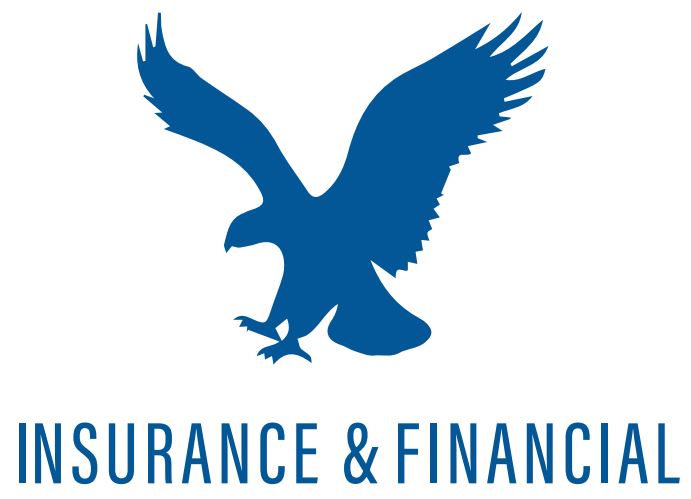Congratulations! You’ve finally found the home of your dreams. The next step is protecting that investment with appropriate homeowners insurance. The problem is, with so many options available and so many different components involved, making sure you select a product that is the right fit for your needs can be challenging. The good news is with the right information and a little advanced planning, it doesn’t have to be. That being said, let’s take a look at some of the basics of home insurance.
First, it’s important to make the distinction that when you purchase house insurance you are protecting two different things: the structure of your home and your personal belongings. In terms of the structure of your home, there are three different ways you can insure it:
-
Replacement Cost – This type of insurance pays out the cost of replacing the damaged property without deducting for depreciation but limited to a specific maximum amount.
-
Extended Replacement Cost – Extended replacement cost insurance covers up to a certain specified percentage (typically 20%) over the limit of the replacement cost policy.
-
Actual Cash Value – This type of house insurance policy covers the cost to replace your home less the costs associated with depreciation due to age and use.
When determining which of these types of homeowners insurance coverage options is the best fit for your specific situation, it’s a good idea to sit down with a professional who understands how insurance coverage works and what the pros and cons of each option are.
In terms of personal property that you maintain within your home, there are two different ways to insure these things:
-
Replacement Cost – This type of coverage pays the dollar amount required to replace the damaged or stolen personal property without deducting for depreciation.
-
Actual Cash Value –This insurance covers an amount equal to the replacement value of the damaged or missing property minus depreciation.
It’s important to note that generally speaking, unless a home insurance policy specifically states that it covers replacement cost for personal property, the default is typically actual cash value. For best results, it’s recommended that you create an inventory of any and all items of value, including as much pertinent information as possible, such as dates of purchase, serial numbers, purchase prices and appraisals. Keep this inventory in a secure place, such as in a safety deposit box at your local bank.
What House Insurance Covers
To avoid being sidelined by damages and other expenses that aren’t covered by your home insurance, understand ahead of time what, exactly, is covered under your insurance policy. Generally speaking, most home owners insurance covers damage from any of the following:
- Fire
- Wind
- Hail
- Water Damage (excluding floods)
- Explosions
It can also cover other sudden or unexpected losses, such as theft. Additionally, many policies also include clauses that cover extra expenses that may be incurred as result of one of the above events, such as the need to live elsewhere during repairs and other incidental costs.
House insurance also covers your legal liability (up to the policy limits) in the event that anyone within the home (including household pets) causes harm to another person or their property. This is an important point and one that should be carefully considered and discussed with your insurance representative to ensure that you protect yourself, your family and your investment from potential financial ruin.
Home Owners Insurance Checklist
When the time comes to purchase a home insurance policy, there are a number of things you can do proactively to ensure that the process goes as smoothly as possible and that you end up with the right product and coverage you need.
- Start early. Even if you haven’t yet signed the papers on your new home, it’s never too early to start shopping for the right insurance agency.
- Make sure you’re covering everything. The goal is to get enough coverage so that you don’t end up paying through the nose in the event of loss, damage or theft, so take the steps ahead of time to ensure that you’re adequately protected.
- Ask about additional coverage options. Beyond the basic home insurance policy, there are a number of additional coverage options available to you that might also be a wise investment, such as umbrella policies, flood insurance and special riders for jewelry and other collectables. Again, your best bet is to sit down with an experienced insurance professional who can help you get the coverage you need at the right price.
Ready to take that first step? Contact us today to get started.


